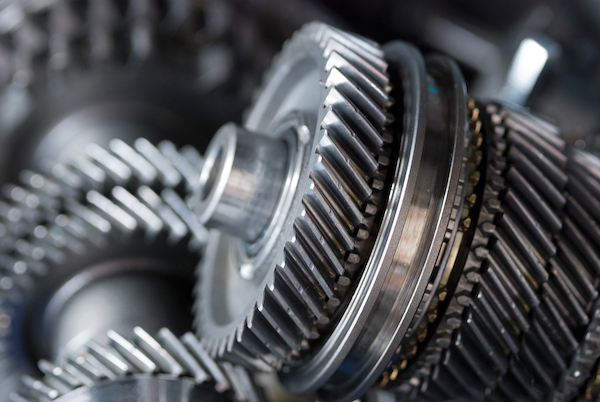Gear manufacturing refers to the making of gears. Gears can be manufactured by a variety of processes, including casting, forging, extrusion, powder metallurgy, and blanking. As a general rule, however, machining is applied to achieve the final dimensions, shape and surface finish in the gear. The initial operations that produce a semi-finishing part ready for gear machining as referred to as blanking operations; the starting product in gear machining is called a gear blank.
Selection of materials
The gear material should have the following properties:
- High tensile strength to prevent failure against static loads
- High endurance strength to withstand dynamic loads
- Low coefficient of friction
- Good manufacturability

Gear forming
In gear form cutting, the cutting edge of the cutting tool has a shape identical with the shape of the space between the gear teeth. Two machining operations, milling and broaching can be employed to form cut gear teeth.
Form milling
In form milling, the cutter called a form cutter travels axially along the length of the gear tooth at the appropriate depth to produce the gear tooth. After each tooth is cut, the cutter is withdrawn, the gear blank is rotated, and the cutter proceeds to cut another tooth. The process continues until all teeth are cut
Gear hobbing
Gear hobbing is a machining process in which gear teeth are progressively generated by a series of cuts with a helical cutting tool. All motions in hobbing are rotary, and the hob and gear blank rotate continuously as in two gears meshing until all teeth are cut.

